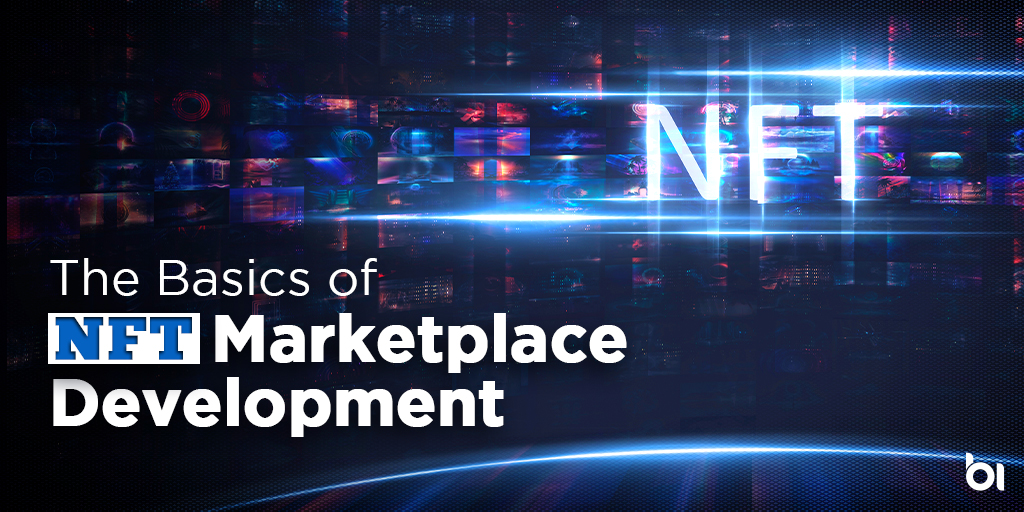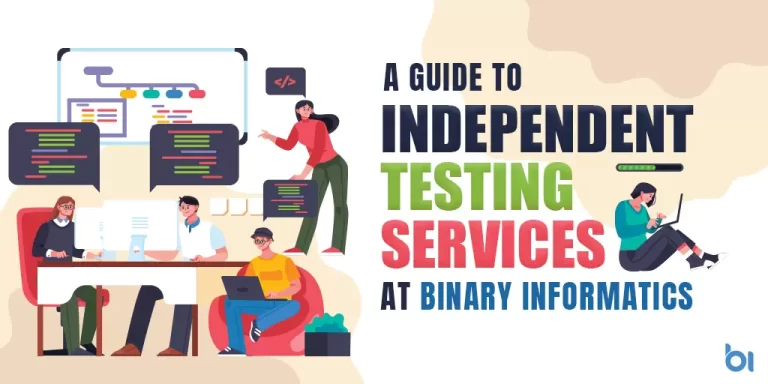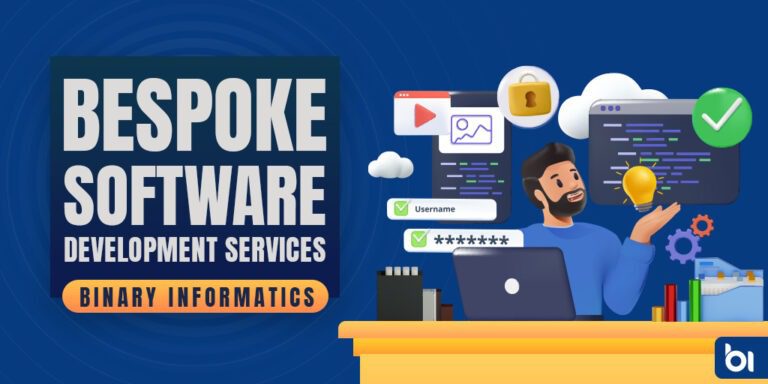The most important thing to understand about NFTs is that there is no standard for them. A smart contract is where NFTs are stored, traded, and traded. If you wanted to build an NFT marketplace, you have to find a way to store and trade these digital collectibles.
Every user will have to store them on a different device, use a different wallet to trade, and then store them again when trading. The process can seem complex, but the more NFTs you create, the easier it is to develop the marketplace. As more NFTs enter the market and people buy, sell and trade them, it will become easier to create new NFTs and marketplaces.
Naturally, the popularity of NFT marketplaces is booming. Let’s first explore NFT.
Table of Contents
ToggleWhat is NFT?
NFT stands for Non-Fungible Tokens. NFTs are a set of digital assets that aren’t interchangeable with each other, hence the name Non-Fungible. They’re not interchangeable, which means that they cannot be substituted with one another. Each token is unique, and this uniqueness is what makes them fungible. They’re like digital Legos that you can use to build various different things. For example, if the token could not be re-used (such as a real estate license), the value would not fluctuate in relation to its usage. The token does not hold any monetary value — only a record of ownership.
“NFT marketplaces allow digital collectors to buy, sell and create their own tokens that represent ownership of unique, tangible and intangible items”. – Coindesk.com.
Why NFT Marketplace becomes so popular?
The main purpose of NFT Marketplace is to make possible the interaction between ERC-721 tokens and their market needs (to make their supply and demand in the global market match). The reason is that there is no centralized place where people can buy or sell the NFT tokens, so, the only way to make an interaction with the market is to use decentralized NFT marketplaces.
With NFT marketplace, there are no restrictions on listing tokens. Everyone can register his own token and launch their own DApp in any blockchain. NFT Token marketplace can be a perfect place for you to list your DApp token.
In addition, NFT marketplace can be the place for listing your non-fungible token DApp and start to interact with the market. Also, all listed tokens can be searched by listing order in the list of the tokens sorted by the number of transactions per second. There is a list of the tokens with the biggest number of transactions per second sorted by the marketcap.
NFT Marketplace provides a secure way for the interaction of smart contracts. When you make a NFT token sale, you must create a smart contract to check that each purchase is made in the token sale period.
You can do it by creating a token transfer from a buyer to the token address in the smart contract. This smart contract must have enough gas to perform the function at the right time. By the way, it is recommended to create a smart contract with 2 days gas limit to make the interaction function to check the period of token sale.
Read Also: Blockchain Technology Solution: Innovation for Business Needs
Why are NFT marketplaces needed?
A lot of crypto exchanges are currently offering to be the middleman and hold your valuable non-fungible token. They will do so by charging a commission fee on each trade. This is how much value they get out of the ecosystem as a whole. They charge this fee in two ways:
- as a percentage of the transaction you make
- as a fixed fee
Both of these methods are very inefficient and cost the users of the exchange quite a bit. The new wave of non-fungible token is being used to facilitate peer-to-peer value transfer. This means that the blockchain needs to be used more as a tool for trading values between individual rather than business. To do so, it will need to provide a much better user experience.
In the near future, the concept of using cryptocurrencies for the sake of trading will take its course. NFT marketplaces are expected to become very popular as an answer to the current issues of the system.
Benefits of NFT marketplaces
Because NFT marketplaces are based on blockchain technology, they yield the same benefits, which include:
Transparency
As mentioned above, marketplaces do not have the risk of double spending as compared to exchanges. Marketplaces, as a result, provide the ability to eliminate the need to store digital assets on multiple wallets.
This allows exchanges to have much more control over the users on their platform. Marketplaces, however, eliminate the risk of losing the private keys in the case of an exchange breach.
In addition, the marketplace does not rely on a third-party exchange for the exchange’s security. Blockchain can help eliminate the risk of losing private keys, in addition to improving the security of the exchange.
Security
In an NFT blockchain based marketplace, each individual transaction can be checked and verified. This eliminates the risk of sending fake currencies or assets on the platform.
Security is a concern because of the nature of cryptocurrency wallets. If these wallets get hacked, or are mismanaged, then users can lose their funds.
On the other hand, with an NFT based marketplace, it can’t be as easily hacked as with the traditional cryptocurrency exchanges.
Automation
In a traditional cryptocurrency exchange, there is a process of verification and approval of transactions that has to be completed manually. This is because of the fact that the cryptocurrency is not completely controlled by the exchange itself.
Once a wallet is created on an exchange, the wallet has to go through a verification process before it can be used. Once a transaction is placed, the exchange then has to manually approve it.
Marketplaces, however, do not have this manual verification process, which leaves less room for errors. This automation process makes the marketplaces more efficient because they do not have to be manually verified and approved.
Instead, the marketplaces are able to confirm and process transactions automatically.
Simplicity
Most individuals and businesses have no experience in using the blockchain. This makes it difficult to identify the risks that may arise. The decentralized nature of the NFT marketplaces eliminate the need for anyone to manually verify transactions.
In other words, anyone can use the marketplace without needing any prior knowledge on how the marketplace works. Marketplaces, therefore, enable users to easily use digital assets, without having to be experts in the blockchain and crypto.
Additionally, marketplaces eliminate the need for users to download blockchain wallets on their own computers, in addition to having to configure the wallet manually.
Efficiency
In traditional cryptocurrency exchanges, fees play a big role in the transaction process. This is because there is a lot of overhead to process a transaction on the blockchain. However, NFT marketplaces use smart contracts to process the transaction. This, therefore, eliminates the need for the marketplace to pay for gas fees.
Because the blockchain can store all transactions in its databases without having to store the individual transactions, it eliminates the risk of transaction delays.
Automation does a good job of managing the entire transaction, which in turn improves the efficiency of the NFT marketplace.
Interoperability
In the traditional cryptocurrency exchange, each exchange has their own rules and regulations. This makes it difficult for users to transfer digital assets across exchanges.
However, because marketplaces rely on smart contracts, they offer the ability to store all transactions on the blockchain.
This means that users are able to use multiple exchanges at the same time, without having to worry about each exchange having its own rules. This improvement in transaction process means that users can switch between exchanges seamlessly.
It also removes the risk of forgetting to exchange digital assets on a particular exchange.
Accessibility
In traditional cryptocurrency exchanges, it is difficult to access the information that is required to use the platform.
Some exchanges do not offer user-friendly information regarding the platform, in addition to having to use complicated processes for users to access the platform.
Marketplaces, on the other hand, offer information that is easy for users to access and understand.
Read Also: Blockchain Technology Benefits: Explained!
Use Cases of NFTs
The first use case of a non-fungible token is very basic. We need to know in which type of projects we will issue NFTs, because all projects must have their own “token economy”, where some NFTs could be very expensive. NFTs can be also exchanged or can be used to purchase other assets. This would have a great impact on the NFT value itself and the future projects which are going to use this technology.
The second use case would be used in many games or applications where the players would be able to trade the NFTs (which are represented by ERC721 protocol) in order to exchange them for something else. For example, in an online-game, a player would have the ability to buy “currency” or “items” which would be tradable, and the seller would receive the purchased assets.
The last use case is very interesting, because it gives a great potential for some innovative projects. Imagine you want to create an online virtual marketplace. In order to buy a good or a service, you can use any regular cryptocurrency, which is basically traded in this online-game. The seller would be able to sell a product using any regular currency. Instead of this, you could use the NFTs to sell a good/service, which could be easily exchangeable to any other asset.
All the above-mentioned use cases show the potentiality of NFTs and the ERC721 protocol in which it is implemented. One of the biggest challenges which is waiting for the NFT ecosystem is creating an ecosystem where all NFTs would be tradable on some virtual marketplace, where the users would be able to purchase the goods with their NFTs.
Some already exist, but it’s predicted that this trend will grow and lead to the development of more and more immersive NFT platform environments, built for working, collaborating and socialising with others in the virtual world.
Summary
As the world moves increasingly online, NFT marketplace development is set to boom. In short, we believe an NFT marketplace must be built around a business model that gives the investor control over all aspects of the business, from the user interface to the creation of an account, from buying/selling and collecting funds, to earning a profit/profit-sharing.
We also believe the NFT business model should be designed in a way that makes it relatively easy for developers to offer new and exciting ways of utilizing the underlying blockchain, such as the idea of selling access to your game directly to the users.
See how Binary Informatics’ blockchain expertise could help you meet your NFT marketplace development goals.




